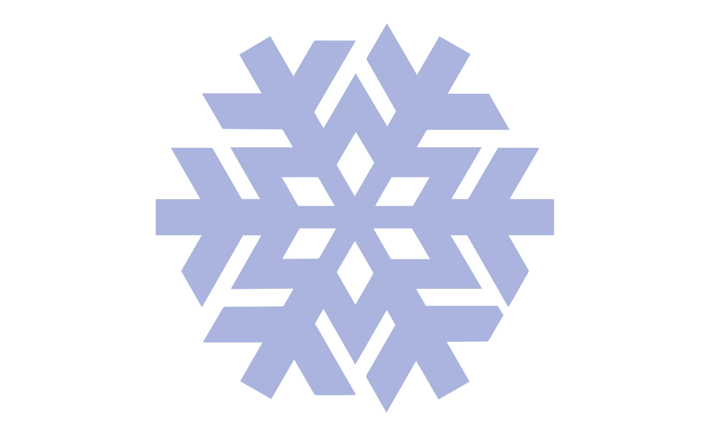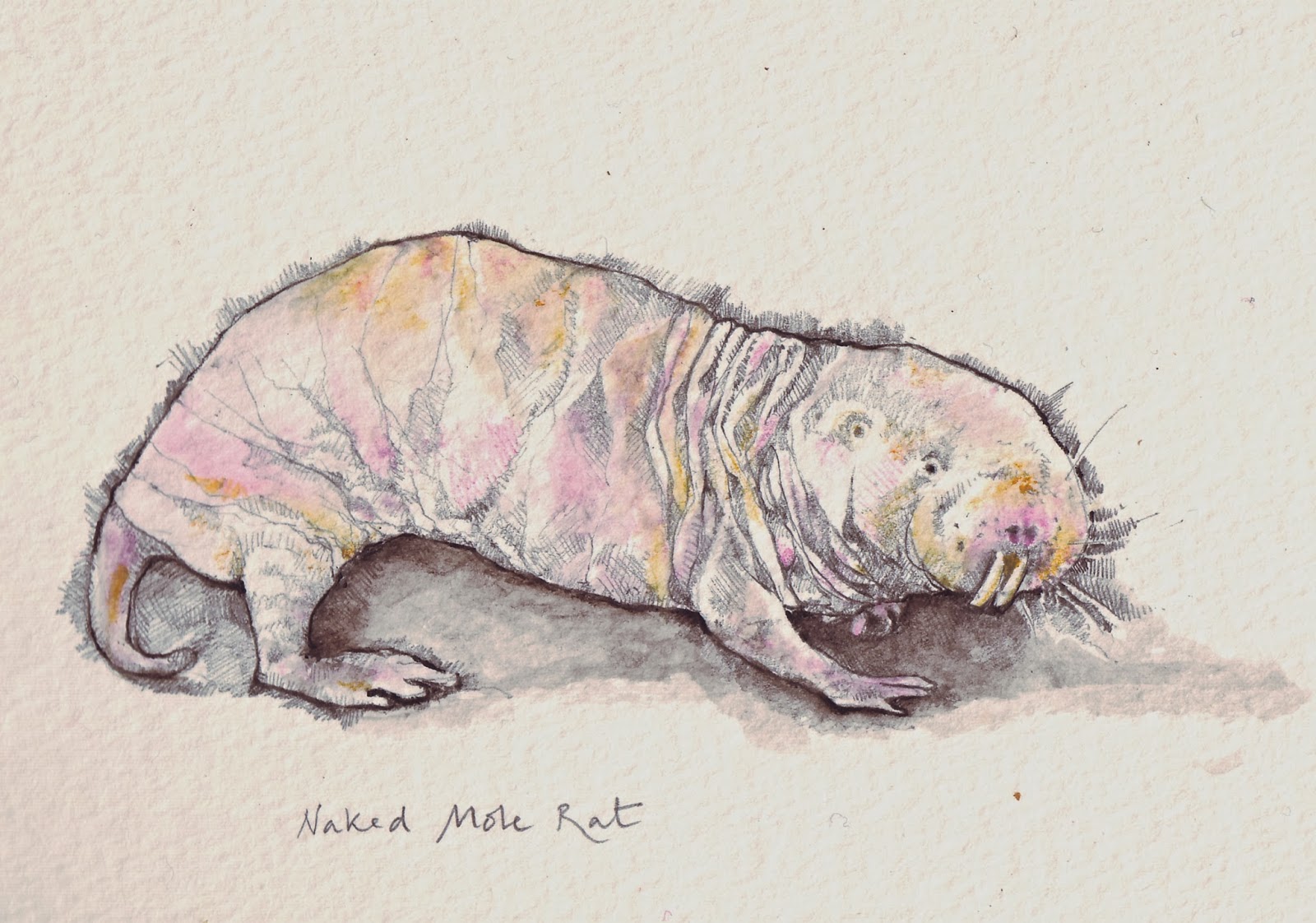What is The Point in Learning Biology?
Last time we looked at uses of English, both in day-to-day life and in careers. Today we will focus on Biology – the study of life and living organisms in more detail that you could ever think necessary. So how is Biology useful in our day to day lives? How can we put the skills learned in Biology to use?
Here is where to find BIOLOGY … every day and everywhere
CURIOUS CREATURES 3 – The Naked Mole Rat
The strangest creatures are, to me,
The ones I love the best.
The slimy, ugly and the odd
Are cooler than the rest…




